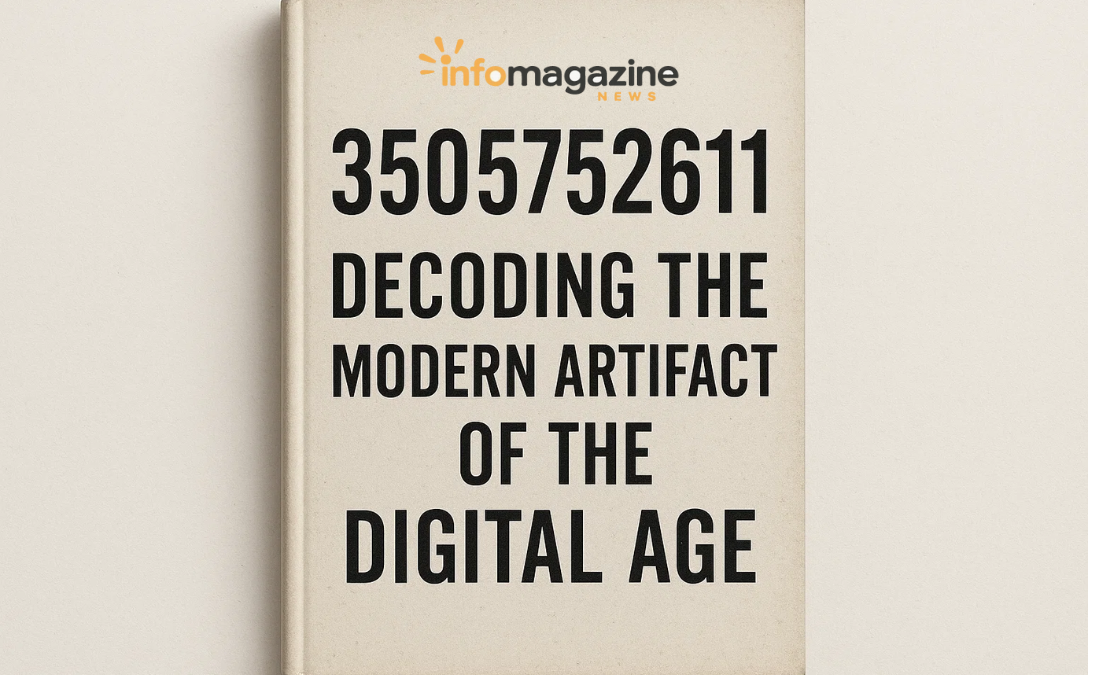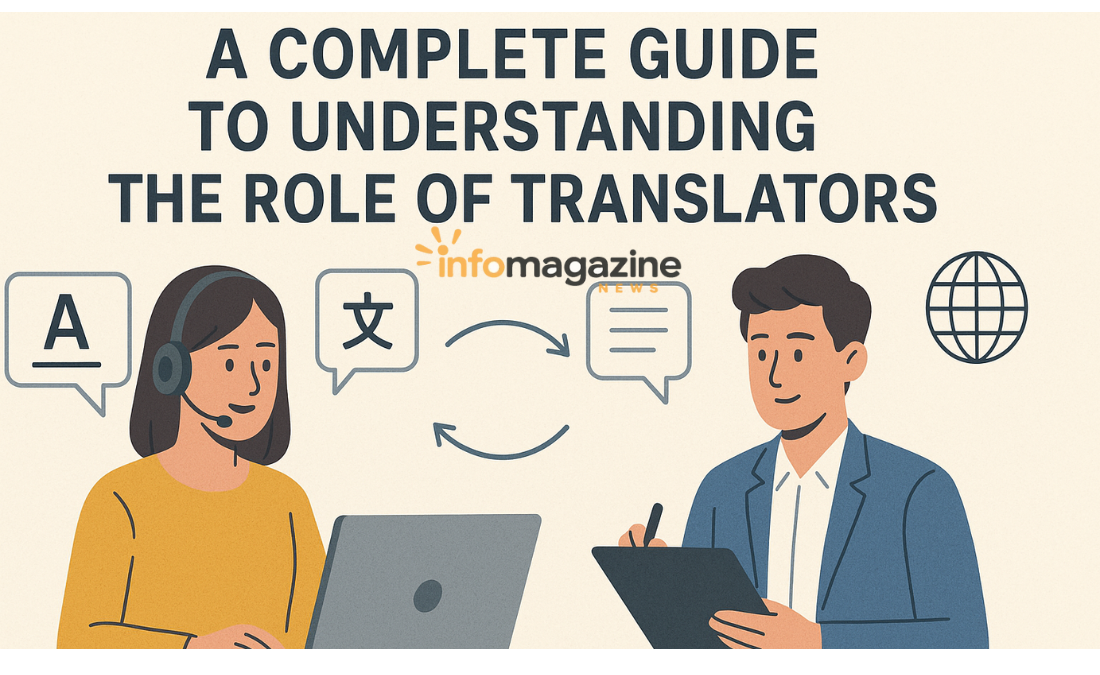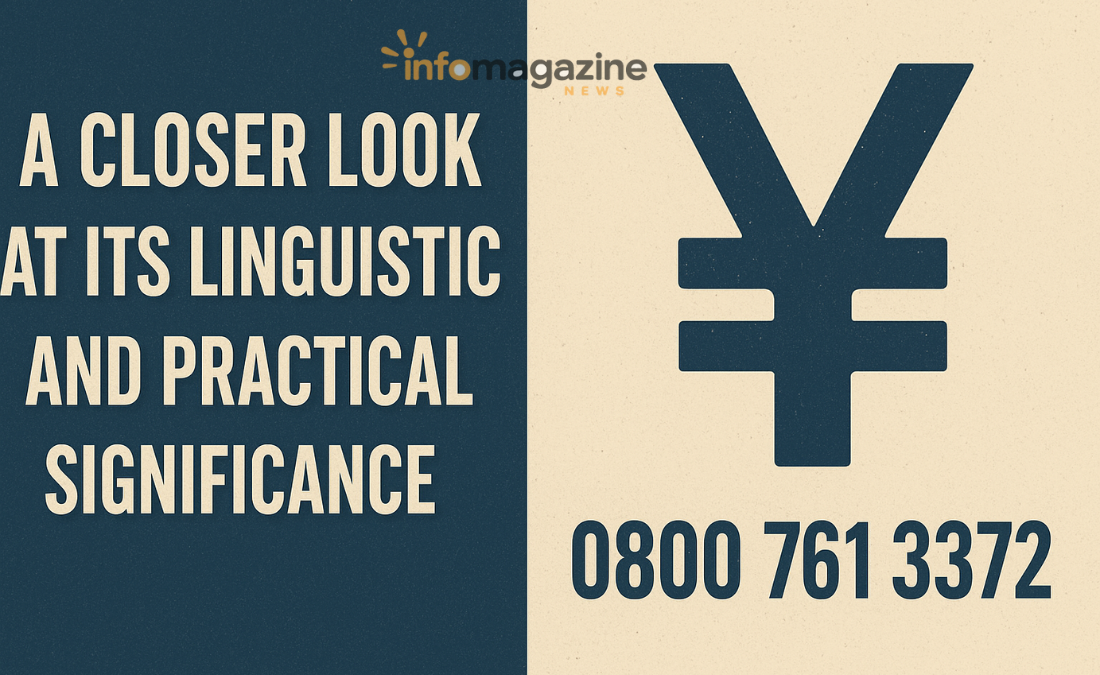In our hyper-connected, data-saturated world, we are constantly surrounded by strings of numbers. They are the invisible architecture of our daily lives, from credit cards and phone numbers to passwords and access codes. Some numbers, like a loved one’s birthday, hold profound personal meaning. Others are functional, transient, and anonymous. The sequence 3505752611 falls squarely into the latter category. At first glance, it is a meaningless, random ten-digit string. Yet, to dismiss it as mere numerical noise is to overlook a fascinating story. 3505752611 serves as a perfect modern artifact—a key to understanding anonymity, digital identity, misinformation, and the very nature of how we process information in the 21st century.
The Immediate Assumption: 3505752611 as a Phone Number
The most immediate and universal association for a ten-digit number in North America is a telephone number. The North American Numbering Plan (NANP) has structured phone numbers with a specific format: a three-digit Numbering Plan Area (NPA) code, followed by a three-digit central office code (NXX), and a four-digit station code (XXXX). The number 3505752611 fits this pattern: 350-575-2611.
This initial classification triggers a series of questions:
- Who does it belong to? A quick online search or a reverse phone lookup might be our first instinct.
- Is it a landline or a mobile number? The 350 area code provides a clue. Upon investigation, the 350 area code is not a standard geographic area code like 212 for New York or 310 for Los Angeles. It is designated as an area code for “personal communication services,” often overlapping with or being interchangeable with existing geographic codes, but it is not commonly recognized by the public. This ambiguity is the first hint that 3505752611 is not a simple, personal line.
This journey to identify the number often leads to a dead end or labels it as a “wireless” number with an unknown carrier. This lack of clear identity is the first layer of its mystery.
The Digital Footprint: Searching for 3505752611 Online
In the digital age, our next step is to plug the number into a search engine. What happens when we search for 3505752611? The results are typically fragmented and inconclusive.
You might find scattered mentions on forum posts from users asking, “Who called me from this number?” or “Is 3505752611 a scam?” The responses are a cacophony of the internet’s collective uncertainty. Some users might label it a “spam risk” or a “telemarketer.” Others may report it as a “one-ring” scam, where a caller rings once hoping for a call back to a premium-rate number. There is rarely a consensus, no official website, and no definitive owner attached to it.
This ambiguous digital footprint is telling. It shows that 3505752611 is not a number for a local pizza shop or a doctor’s office. It is a number used for high-volume, impersonal, and often automated communication. It exists in a shadowy realm of digital interaction, designed for a single purpose: to initiate contact, not to build a relationship.
3505752611 and the Specter of Robocalls & Scams
The most likely reality for a number like 3505752611 is that it is part of the vast infrastructure of robocalls and telephone scams. Billions of such calls are made every month, plaguing phone users globally. These operations use a technique called “spoofing,” where they deliberately falsify the caller ID information to display a phone number that is not the actual originating number.
3505752611 could very well be a spoofed number. This means the number you see on your screen is a mask. The real caller could be anywhere in the world, hiding behind this randomly generated or hijacked number. They might be pretending to be from the “Social Security Administration,” “Amazon support,” or your “local utility company,” using fear and urgency to extract personal information or money.
In this context, 3505752611 is not an identifier but a tool of deception. It represents the erosion of trust in our communication networks. We have been conditioned to view unknown numbers not with curiosity, but with suspicion. This number, therefore, becomes a symbol of a much larger societal and technological problem.

Beyond the Phone: 3505752611 as a Numerical Artifact
While the phone number interpretation is the most visceral, it is not the only one. The sequence 3505752611 could theoretically represent other things entirely. It could be:
- A Serial Number: For a piece of industrial equipment, an electronic device, or a component. In this context, it is a unique identifier within a private database, meaningless without the proper context.
- A Cryptographic Hash Fragment: A string of digits that is part of a larger cryptographic key or the output of a hashing algorithm. It is a piece of a much larger security puzzle.
- A Database Key: A primary key in a massive SQL database, used to uniquely identify a record among millions—a customer, a transaction, a log entry.
- Simply Random Noise: A number generated by a faulty algorithm, a miskeyed entry, or a glitch in a system. It is digital static, a number that signifies nothing but its own existence.
In all these cases, the number lacks inherent meaning. Its value and identity are bestowed upon it by the system that created it. Without that system, it returns to being an enigmatic string, a blank slate.
The Human Need for Narrative: Imposing Meaning on 3505752611
Perhaps the most fascinating aspect of encountering a number like 3505752611 is our innate human compulsion to create a narrative around it. We are pattern-seeking creatures. We abhor a vacuum of meaning.
This is why people flock to online forums to share their experiences with the number. They are collaboratively trying to build a story: “This number is a scam.” “I got a call from them about my car’s extended warranty.” This collective detective work is an attempt to tame the unknown, to transform an anonymous threat into a known quantity, even if that quantity is negative. We would rather know a number is dangerous than not know what it is at all. This impulse turns 3505752611 from a number into a character in a shared modern mythos—the story of the annoying, persistent, and fraudulent caller.
Conclusion: The Anonymous Signifier of Our Time
So, what is 3505752611? It is likely a transient, spoofed telephone number used in the vast automated landscape of robocalls. But on a deeper level, it is far more. It is a mirror reflecting our digital reality.
3505752611 is a symbol of anonymity, showcasing how easily identity can be concealed in the modern world. It represents the erosion of trust, as we can no longer answer our phones with confidence. It highlights our vulnerability to digital threats that operate on an industrial scale. And finally, it underscores our powerful human need for narrative, as we strive to impose order and story onto the random, impersonal data that floods our lives.
The number itself is meaningless. But our reaction to it, our search for its origin, and our collective labeling of it as a threat—that is profoundly meaningful. 3505752611 is a perfect, ten-digit artifact of the anxiety and complexity of the digital age.




